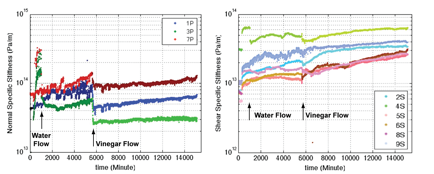Reports: ND852265-ND8: Geophysical Monitoring of Mechanical and Chemical Alteration of Frictional Discontinuities
Antonio Bobet, Purdue University


Antonio Bobet, Purdue University


Copyright © American Chemical Society